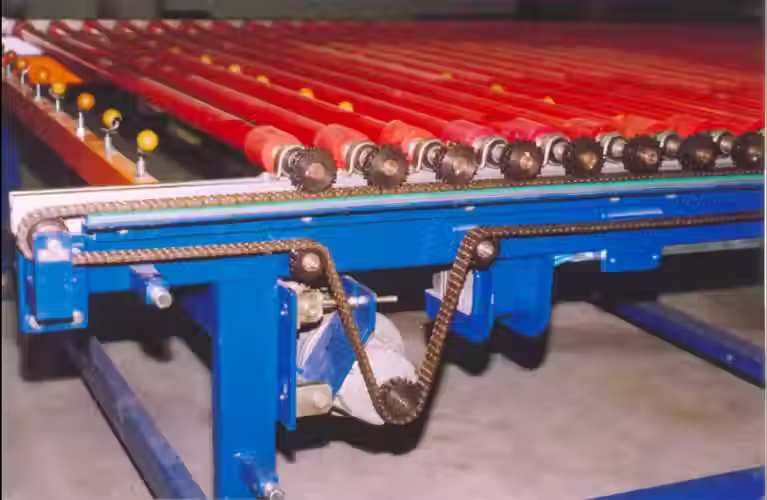Hopper Feeder
- Jaswanth srinivas
- Aug 28, 2024
- 3 min read
Hopper Feeder: Essential for Efficient Material Handling
In various industrial and manufacturing sectors, the effective management and distribution of materials are critical for smooth operations. One key component that plays a vital role in this process is the hopper feeder. This essential equipment helps in the efficient handling and transfer of bulk materials, making it an invaluable asset in industries such as mining, agriculture, construction, and recycling.
What is a Hopper Feeder?
A hopper feeder is a type of equipment designed to store and dispense bulk materials in a controlled and continuous manner. The term "hopper" refers to a funnel-shaped container that holds the material, while the "feeder" component regulates the flow of this material to downstream processes or machinery. Typically, a hopper feeder consists of a hopper, a feeder mechanism (such as a vibrating or screw feeder), and a discharge chute.
Key Functions of a Hopper Feeder
Material Storage: The hopper serves as a temporary storage unit for bulk materials, allowing for uninterrupted material flow. This is particularly useful in automated systems where continuous material supply is crucial.
Controlled Discharge: Hopper feeders are equipped with mechanisms to control the flow rate of materials. This ensures that the right amount of material is fed into the subsequent processing stages, preventing overloading and ensuring efficient operation.
Uniform Distribution: By providing a consistent and controlled flow of materials, hopper feeders help achieve uniform distribution. This is essential in processes where even material flow is necessary for product quality and performance.
Reduced Downtime: Hopper feeders minimize the need for manual intervention, reducing the risk of production delays and equipment downtime. Automated systems streamline the feeding process, contributing to higher productivity and operational efficiency.
Types of Hopper Feeders
Vibratory Hopper Feeders: These use vibrations to move materials from the hopper to the discharge point. The vibration frequency and amplitude can be adjusted to control the flow rate and prevent material blockages.
Screw Feeders: These employ a rotating screw mechanism to transfer materials from the hopper. Screw feeders are ideal for handling bulk materials with varying flow characteristics and are commonly used in applications requiring precise feeding.
Belt Feeders: Belt feeders utilize a moving conveyor belt to transport materials from the hopper. They are suitable for handling a wide range of materials, including granular and bulk substances.
Gravity Feeders: These rely on gravity to move materials from the hopper to the discharge point. Gravity feeders are simple in design and are often used for materials with good flow properties.
Applications of Hopper Feeders
Mining and Aggregates: In the mining industry, hopper feeders are used to manage the flow of ores and minerals from crushers to processing equipment. They help in handling large volumes of material efficiently.
Agriculture: Hopper feeders are utilized in agricultural operations to handle and distribute seeds, fertilizers, and other bulk materials. They ensure consistent and accurate application of these materials.
Construction: In construction, hopper feeders are used for handling and transferring materials like sand, gravel, and concrete mix. They contribute to efficient construction processes and reduce material wastage.
Recycling: Hopper feeders play a crucial role in recycling facilities by managing the flow of recyclable materials into sorting and processing equipment. They help streamline the recycling process and enhance overall efficiency.
Conclusion
A hopper feeder is a fundamental component in various industrial and manufacturing processes, providing efficient material handling and distribution. By ensuring controlled discharge, uniform distribution, and reduced downtime, hopper feeders contribute significantly to operational efficiency and productivity. Understanding the different types of hopper feeders and their applications can help businesses choose the right equipment for their specific needs, ultimately leading to smoother operations and better overall performance.




Comments